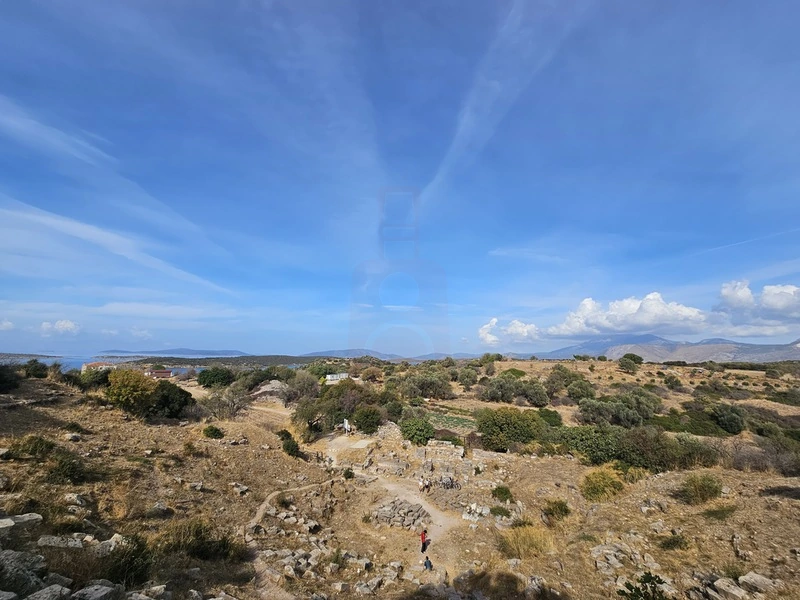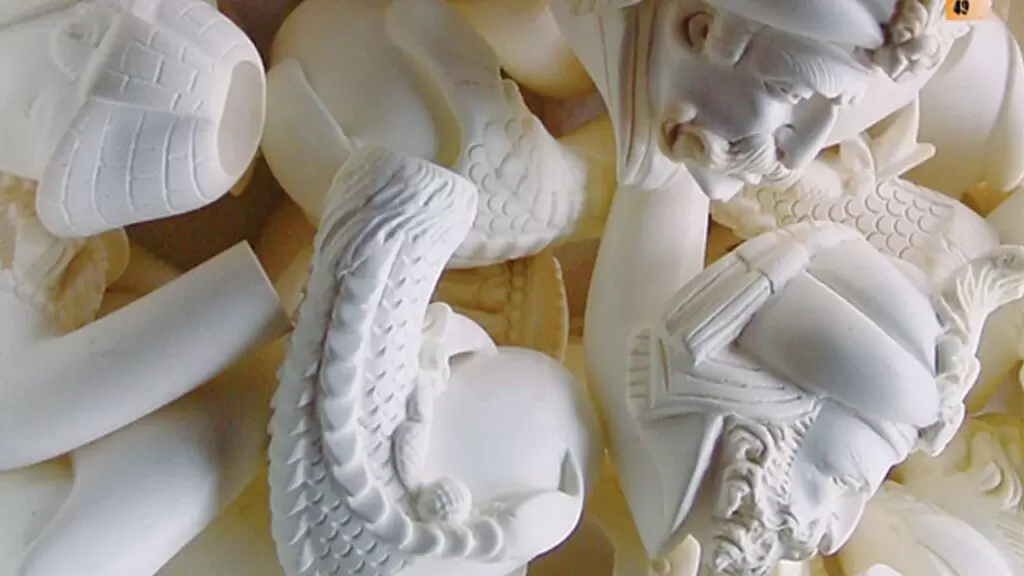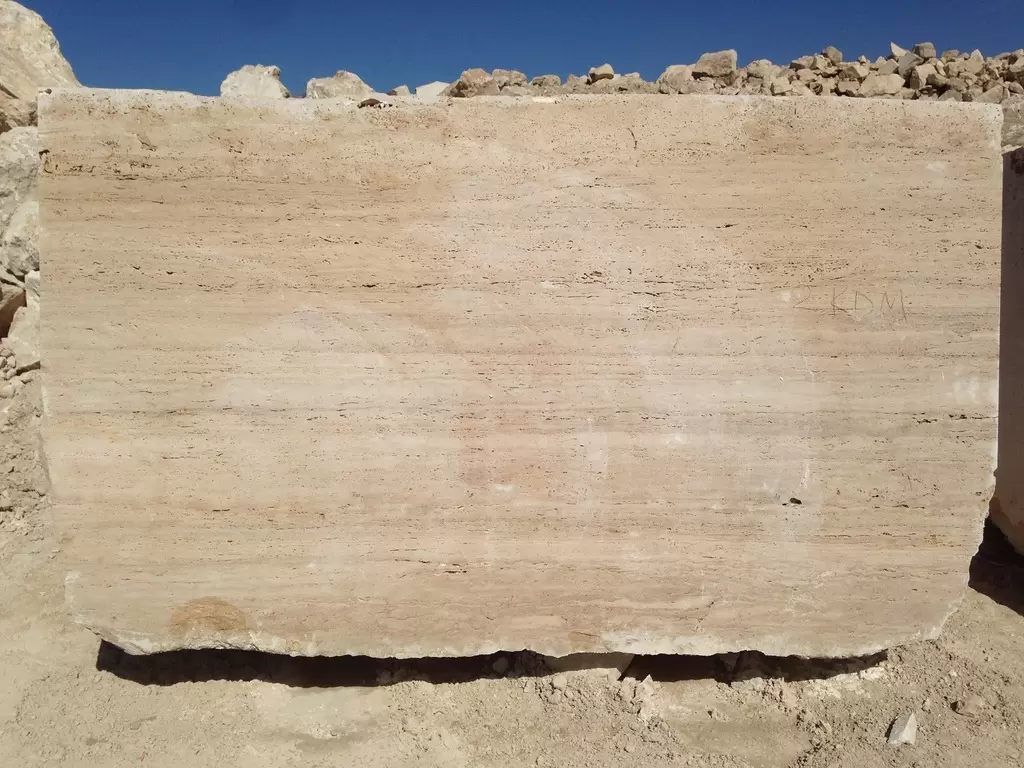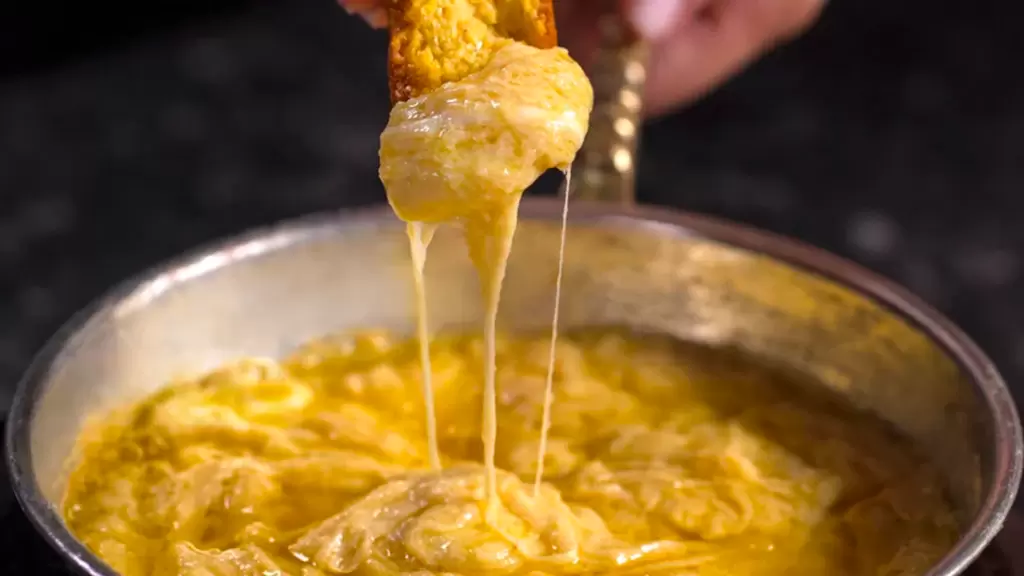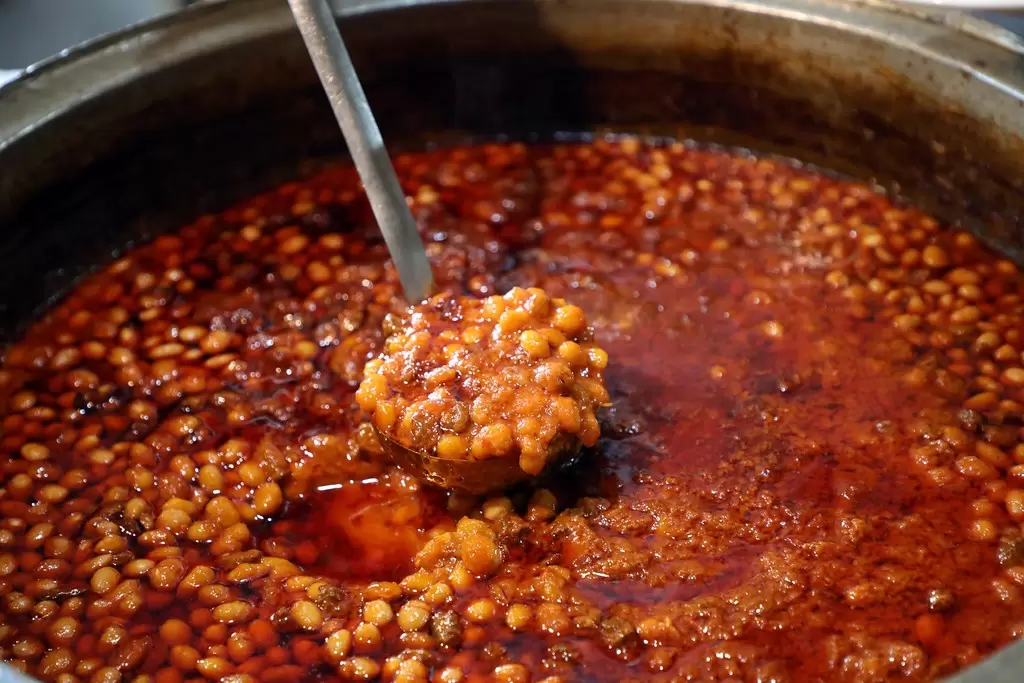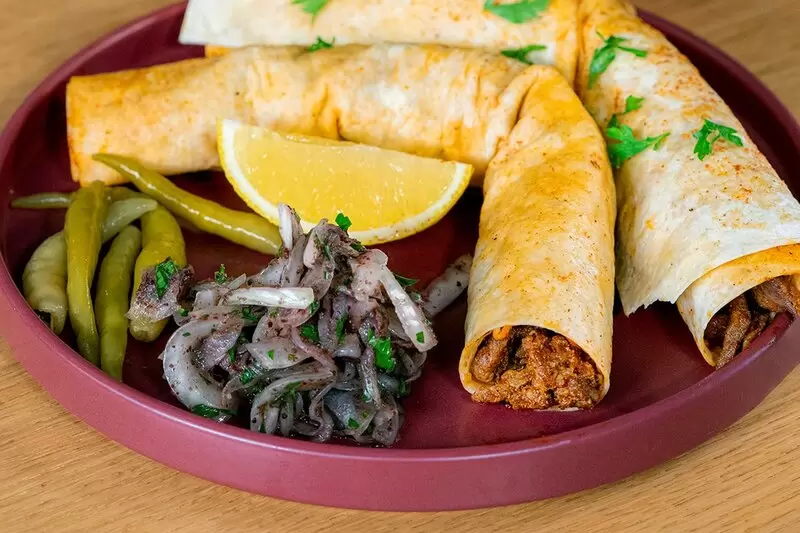
Mersin Tantunisi is a celebrated traditional dish from the Mersin region of Turkey, known for its distinctive preparation method, unique flavor profile, and cultural significance. As a geographically indicated product, it represents the culinary heritage of Mersin and has become a must-try delicacy for food lovers exploring Turkish cuisine.
Distinctive Features
-
Use of Cottonseed Oil: One of the defining elements of Mersin Tantunisi is the use of cottonseed oil during cooking. Unlike other oils, cottonseed oil does not develop a burnt or bitter aroma under high heat, ensuring the dish retains its light and fresh flavor. Additionally, it does not solidify or leave a heavy texture, contributing to the dish's unique appeal.
-
Beef Rib Meat: Mersin Tantunisi is prepared using beef sourced from the fatty rib section. This cut of meat, carefully cleaned of sinew and membranes, is finely chopped into small cubes, ensuring a tender and flavorful bite.
-
Special Preparation Technique: The preparation of Mersin Tantunisi involves boiling the cubed beef over steady heat until it is perfectly tender. The meat is then cooked on a specially designed tantuni pan with cottonseed oil, spices, and a sprinkling of water to achieve its signature soft yet flavorful texture.
-
Serving Style: Mersin Tantunisi is traditionally served either wrapped in thin lavash bread or stuffed in a crusty bread roll. It is accompanied by fresh salad ingredients such as tomatoes, onions, and parsley, dressed with lemon or bitter orange juice, which enhances the overall taste with a burst of freshness.
-
Pairing with Traditional Beverages: The dish is commonly enjoyed with ayran, a salty yogurt drink, or şalgam, a tangy fermented turnip juice. These beverages complement the savory flavors of the tantuni while offering a refreshing balance.
-
Accompaniments: A typical serving of Mersin Tantunisi includes sides such as pickles and fresh greens like arugula or parsley, which add texture and flavor contrast.
Production and Craftsmanship
The preparation of Mersin Tantunisi requires skill and attention to detail. The meat is carefully selected for its quality and tenderness. The cooking process, which involves boiling and then frying with precise timing and techniques, ensures the meat retains its natural juices while absorbing the flavors of the spices and oil. The sprinkling of water during cooking helps create a slight steam effect, keeping the meat moist and enhancing its flavor.
Historical and Cultural Context
Mersin Tantunisi is deeply rooted in the culinary traditions of the Mersin region. It has evolved from a simple, hearty meal into a regional specialty that embodies the area's cultural identity. Over generations, the recipe and cooking techniques have been passed down, preserving the authenticity of the dish. Its popularity has spread beyond Mersin, making it a well-loved staple of Turkish street food.
Culinary Experience
Eating Mersin Tantunisi is more than just a meal; it is a sensory experience. The soft yet slightly crispy texture of the meat, the tangy kick from the lemon or bitter orange juice, and the lightness of the cottonseed oil all come together to create a harmonious flavor profile. The interactive element of choosing lavash or bread and pairing it with traditional drinks and sides adds to its appeal.
Symbol of Regional Identity
As a geographically indicated product, Mersin Tantunisi is not only a delicious dish but also a symbol of the region's rich culinary heritage. It showcases the local ingredients, cooking techniques, and cultural practices that make Mersin a unique destination for food enthusiasts.
For those visiting Mersin or exploring Turkish gastronomy, Mersin Tantunisi is a must-try dish that offers a taste of tradition, craftsmanship, and the vibrant flavors of the region.







